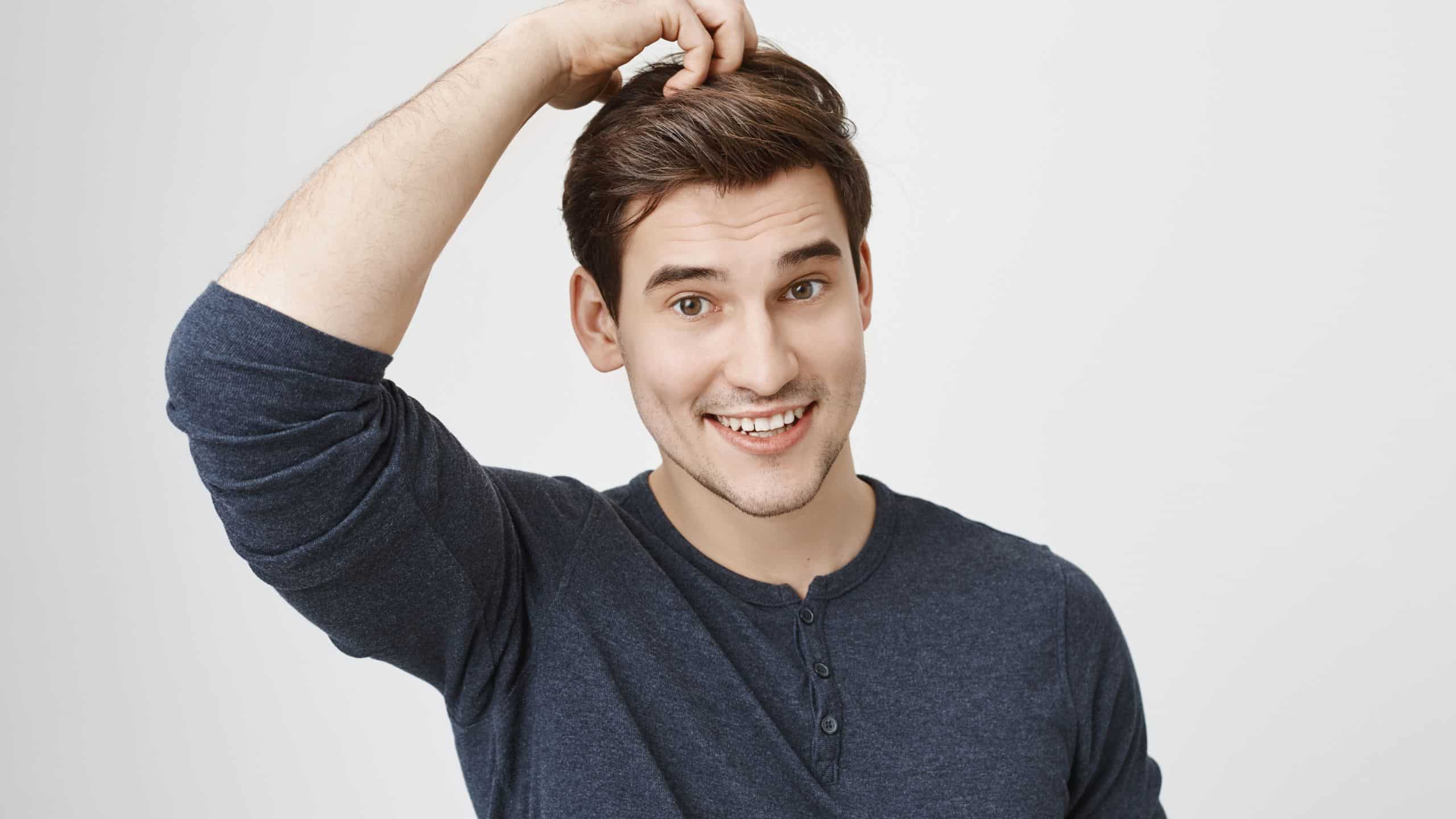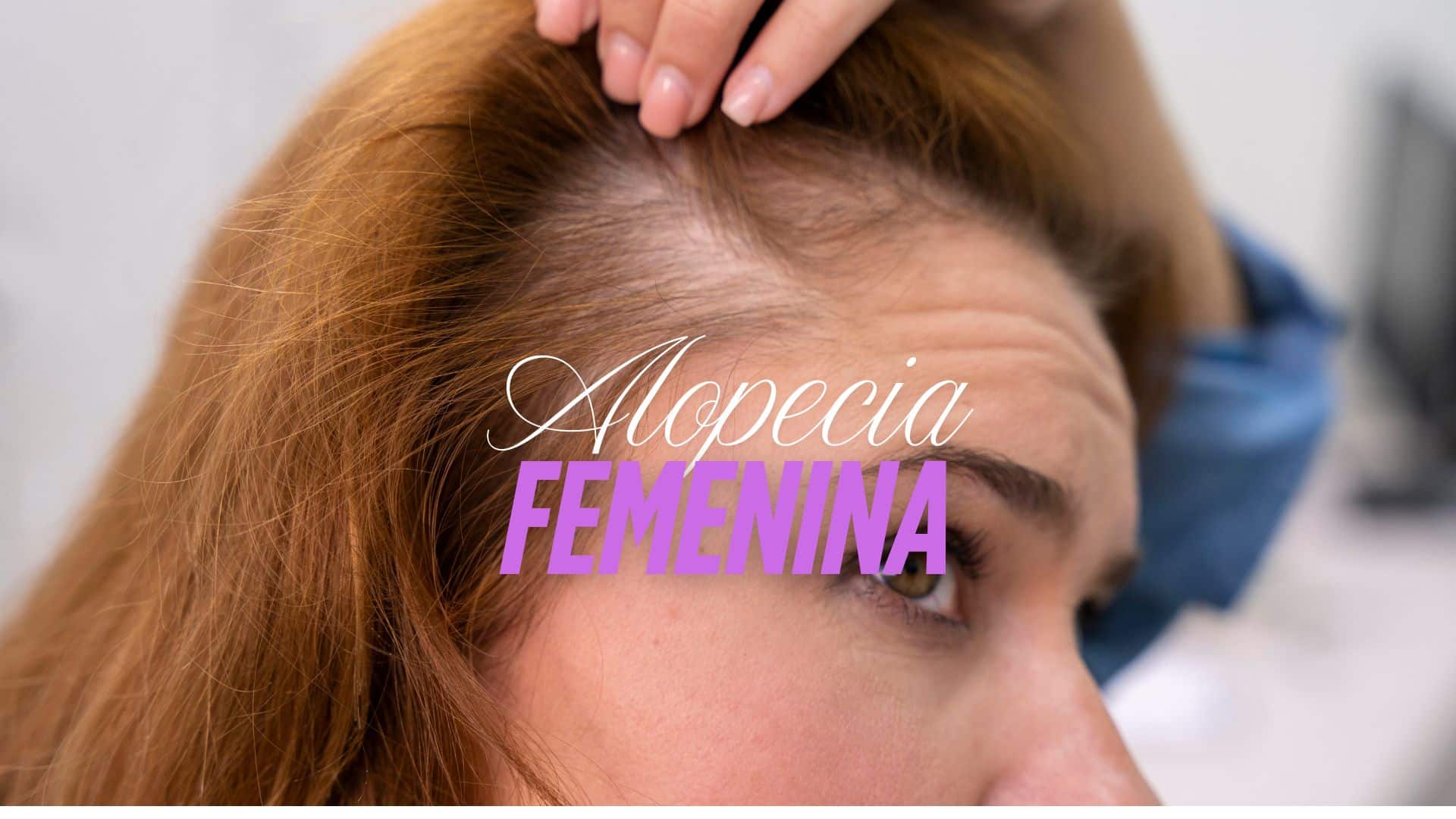
Overcoming Alopecia: Solutions to Recover Your Hair
Hair loss, or alopecia, affects millions of people worldwide, impacting both men and women. While common, its emotional toll can be overwhelming. Fortunately, advancements in medicine and technology have provided a variety of effective treatments to combat alopecia and restore lost hair. But, which treatment is the best?
COMMON CAUSES OF ALOPECIA
Understanding the underlying causes of alopecia is crucial before exploring solutions. Some of the most common causes include:
- Androgenic Alopecia: The most frequent cause in both men and women, linked to genetic and hormonal factors.
- Alopecia Areata: An autoimmune disorder where the immune system attacks hair follicles.
- Stress and Lifestyle: Factors like stress, poor nutrition, or overuse of chemical products can trigger hair loss.
- Nutritional Deficiencies: Lack of vitamins such as biotin, iron, and zinc can affect hair health.
Each type of alopecia may require a different treatment approach, so let’s explore the available options.
MEDICAL TREATMENTS FOR ALOPECIA: SOLUTIONS TO RECOVER YOUR HAIR
1. MINOXIDIL
One of the most common over-the-counter treatments for alopecia is Minoxidil. This topical medication helps stimulate hair follicles and is effective for many people with mild to moderate hair loss. Regular use can encourage new hair growth and slow down hair loss.
Pros:
- Easy to apply.
- Available without a prescription.
- Visible results in months.
Cons:
- Results are temporary and require continuous use.
- May cause scalp irritation in some people.
2. FINASTERIDE
Finasteride is a prescription drug mainly used in men to treat androgenic alopecia. It works by blocking the hormone DHT, which is believed to cause hair follicle shrinkage.
Pros:
- Effective in halting male pattern baldness.
- Promotes hair growth in many users.
Cons:
- Recommended only for men.
- May have side effects, such as reduced libido.
3. PLATELET-RICH PLASMA (PRP) THERAPY
PRP is an innovative technique where the patient’s blood is drawn, growth factors are separated, and then injected into the scalp to stimulate hair growth. This treatment is popular because it is natural and safe.
Pros:
- Non-invasive and uses the patient’s own blood.
- Can be combined with other treatments.
Cons:
- Requires multiple sessions for results.
- Can be expensive.
SOLUTIONS FOR RECOVERING YOUR HAIR
1. FUE TECHNIQUE (FOLLICULAR UNIT EXTRACTION)
The FUE hair transplant is one of the most advanced solutions for alopecia. This procedure involves individually extracting follicles from a donor area (usually the back of the head) and implanting them in balding areas.
Pros:
- Permanent and natural results.
- Minimal scarring due to individual follicle extraction.
- Quick recovery.
Cons:
- Can be costly.
- Requires an experienced surgeon for optimal results.
2. DHI TECHNIQUE (DIRECT HAIR IMPLANTATION)
DHI is a method where specialized tools are used to implant follicles without making prior incisions. This enhances the precision of the implant and speeds up recovery.
Pros:
- Less invasive than other methods.
- Highly natural results.
- Shorter recovery time.
NATURAL AND ALTERNATIVE SOLUTIONS FOR RECOVERING HAIR
1. NUTRITIONAL SUPPLEMENTS
For those experiencing hair loss due to nutritional deficiencies, supplements of biotin, zinc, and B vitamins can be an effective option. There are also formulas specifically designed to improve hair health.
Pros:
- Accessible and non-invasive solution.
- Promotes overall hair health.
Cons:
- Slower and less effective in severe alopecia cases.
- Often needs to be combined with other treatments for advanced cases.
2. INFRARED LASER THERAPY
Low-intensity laser therapy has become a popular option for those seeking a non-invasive treatment. This therapy stimulates hair follicles and increases blood flow to the scalp.
Pros:
- Painless and safe treatment.
- No downtime required.
Cons:
- Results may vary.
- Requires continuous sessions to maintain effects.
WHICH TREATMENT IS RIGHT FOR YOU?
Choosing the right treatment depends on several factors:
- Type of alopecia: Not all treatments work for every type of alopecia. For instance, Finasteride is only for male androgenic alopecia, while PRP is more universal.
- Degree of hair loss: For mild hair loss, topical treatments like Minoxidil may suffice. For more advanced cases, hair transplants or PRP might be the best option.
- Budget and time: Some treatments, such as hair transplants, can be expensive, while natural or medical solutions may be more affordable but require greater consistency.
Overcoming alopecia can be a challenging process, but today’s solutions offer a wide range of options for every need and preference. From medical treatments like Minoxidil and Finasteride to advanced techniques like FUE or DHI transplants, recovering your hair is possible. Consult a specialist to find the right treatment for you and start your journey towards healthier, stronger hair.
Through our WhatsApp number (+507) 6349-5550, you can schedule a free online consultation by filling out our contact form or chatting on the website.





